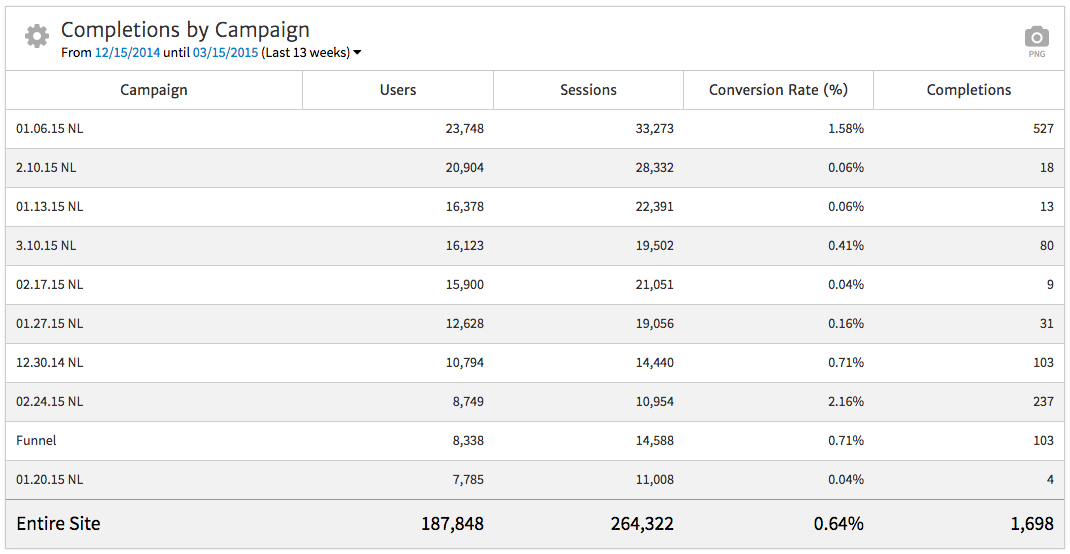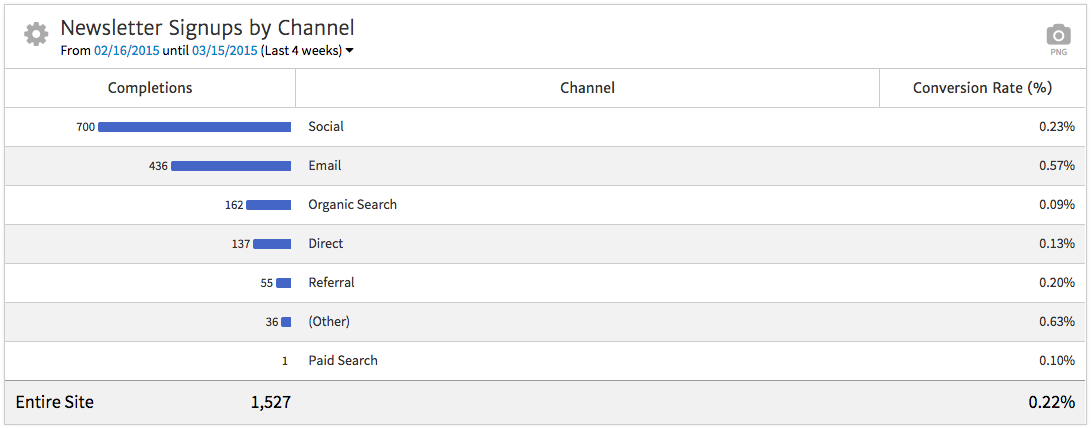May 21, 2024
Is Reporting A Priority For Your Digital Marketing Agency? It Should Be!
By Megalytic Staff - March 25, 2015

Regular Reporting Builds Client Relationships
Putting out the best digital marketing work in the world is for nothing if your agency is unable to clearly communicate to clients the tasks you are performing and the results you are achieving. As a general rule, you want to over-communicate with clients, especially in the beginning of a relationship, to ensure they are aware of everything you are working on. Reports offer an opportunity for regularly scheduled communication, involving not only data to review but also a chance to touch base with a client on a more in-depth level.
At the beginning of a client relationship, you should establish expectations for delivering regular reports. Often monthly timeframes work well to ensure you’re looking at significant enough data and establishing a regular time for touching base. However, weekly reports may work well for larger clients who see high volumes of traffic and need to tweak campaigns more frequently. Quarterly reports may work well for smaller clients with low volume campaigns.
Over time, reports should adapt to each particular client’s concerns. For example, if you find that your client focuses heavily on getting signups to an email newsletter, make sure to include newsletter signups prominently in your reports. Clients will appreciate seeing reports that are more than just canned templates and that have been customized to their marketing and business objectives. To streamline this customization, you can use Megalytic to develop custom templated reports for each client. This will help to ensure consistency for each report. Templates will likely change over time as you add or remove marketing components and address new concerns for your clients.
Reporting Educates Clients
Many clients enter into an agency relationship with little or no understanding of web analytics – that’s why they’ve hired you. Leaving them to interpret the data on their own will result in confusion. Part of your job as a digital marketing agency is to educate clients on how to understand online metrics. Don’t assume they understand all the data you plan to present in a report; teach them how to interpret the information. For example, explain how Sessions and Users differ, why they should care about bounce rate and how web conversions relate to their business goals .
This education process can happen through written explanations you provide in their reports, as well as through verbal communication with clients. If you tell them that conversions from email marketing have increased, explain why that piece of information matters. Explain that a particular email marketing piece drove a high volume of traffic and leads contacting them via the website. Show them the traffic spike and the result.
For example, the Megalytic widget below shows conversions by campaign, broken down by newsletters sent out on various dates. January 6 (marked 01.06.15 NL) shows the most conversions, while February 24 (02.24.15 NL) shows the highest conversion rate. This demonstrates that the content in these two newsletters worked best in driving people to convert on the site.
Reports should continually educate, growing more detailed as your client becomes more sophisticated.. For example, once you know your client understands the difference between Users and Sessions, you don’t need to include explanations of those metrics in your next report.
Clients will appreciate feeling that they are a part of your process as you explain what metrics mean and how you are adapting campaigns based on those metrics. For example, you may explain how you are optimizing AdWords campaigns to meet a target cost per lead acquisition as opposed to focusing strictly on cost per click, so your client knows the right metric to focus on.
Reporting Gives You Proper Credit
When a client signs on for a digital marketing retainer, the promised work may encompass several channels: paid search, display advertising, search engine optimization, social media management and email marketing. Your client may see sales increase after starting work with your agency but may not necessarily know whether or not those sales can be attributed to your agency’s efforts – or even which agency effort.
A digital marketing report should break down the performance of each channel, outlining traffic, engagement and conversion results. For example, the report may show that 50% of the increase in sales came specifically from paid search, and so the client knows to attribute value to that paid search program. Or the report may attribute 100 newsletter signups to individuals who arrived on the site from Facebook the week the agency ran a social media campaign.
The example below, created in Megalytic, shows newsletter signups by channel. Here, we can show the client that the most signups came from social media referrals, with email being second (possibly due to existing subscribers forwarding on a newsletter to friends).
Make sure to account for every source associated with your marketing efforts to help your client see the effect of the full campaign. In addition, take the time to interpret the data so your client understands it. For example, you may need to explain that “google/cpc” references Google AdWords traffic when shown in a report.
Reporting Shows Transparency
By fully disclosing online performance, both the good and the bad, you help to establish transparency and good faith between your agency and the client. For example, say that a site has not seen an increase in organic traffic, despite two months of engaging in a search engine optimization program. A transparent agency will report this lack of growth to the client, while also outlining the work that has been done and explaining that the process of boosting organic search rankings takes time.
On the flip side, don’t be afraid to showcase positive results, as well. Talk about the work you’ve done that has led to great results! If a social media push helped to increase registrations for an event, show your client that specific information. If a PR placement on a major news site drove leads and resulted in people contacting your client, show that data. Include an explanation of your strategy, numbers for results and a write-up of what the results mean to your client’s business goals.
The goal of reporting is to encourage further conversation with clients. You should keep on top of analytics data to anticipate questions your clients will ask . If Sessions are down for a client, he’ll want to know why. You can show him that a downward trend in Sessions came from less spend in a paid search campaign or a decrease in social media activity.
Conclusion
Digital marketing agencies need to place quality reporting front and center among all of their efforts. Without proper reporting, your work means little to your clients. Regularly creating and reviewing reports will help to build trust with clients, leading to long and mutually beneficial relationships.


